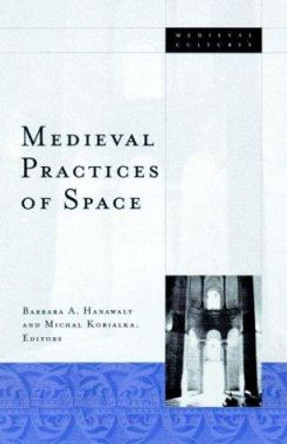London became an international center for import and export trade in the late Middle Ages. The export of wool, the development of luxury crafts and the redistribution of goods from the continent made London one of the leading commercial cities of Europe. While capital for these ventures came from a variety of sources, the recirculation of wealth through London women was important in providing both material and social capital for the growth of London's economy. A shrewd Venetian visiting England around 1500 commented about the concentration of wealth and property in women's hands. He reported that London law divided a testator's property three ways allowing a third to the wife for her life use, a third for immediate inheritance of the heirs, and a third for burial and the benefit of the testator's soul. Women inherited equally with men and widows had custody of the wealth of minor children. In a society in which marriage was assumed to be a natural state for women, London women married and remarried. Their wealth followed them in their marriages and was it was administered by subsequent husbands. This study, based on extensive use of primary source materials, shows that London's economic growth was in part due to the substantial wealth that women transmitted through marriage. The Italian visitor observed that London men, unlike Venetians, did not seek to establish long patrilineages discouraging women to remarry, but instead preferred to recirculate wealth through women. London's social structure, therefore, was horizontal, spreading wealth among guilds rather than lineages. The liquidity of wealth was important to a growing commercial society and women brought not only wealth but social prestige and trade skills as well into their marriages. But marriage was not the only economic activity of women. London law permitted women to trade in their own right as femmes soles and a number of women, many of them immigrants from the countryside, served as wage laborers. But London's archives confirm women's chief economic impact was felt in the capital and skill they brought with them to marriages, rather than their profits as independent traders or wage labourers.
ReviewsHanawalt's focus on women's economic roles and activities is a bold way to explore the roles and lives of urban women.... A valuable summary of a complex subject, placed in the context of major themes and areas of scholarly inquiry. The author's usual deft touch in combining numbers, case studies, comparative material, and broad and well-informed judgments shows to advantage. * Joel T. Rosenthal--The American Historical Review *
Leading medieval historian Hanawalt (Ohio State) has created a standard on London, medieval, and women's history.... Not only well researched but also beautifully written, this book's clarity makes it useful to undergraduates as well as scholars.... Essential. * CHOICE *
Hanawalt has read the documents in imaginative ways...this book is likely to stand as the clearest look at women in the late-medieval London economy for a long time. * Speculum *
Hanawalt provides fresh evidence, and is judicious about the claims that she makes. * Journal of Social History *
Book InformationISBN 9780195311761
Author Barbara A. HanawaltFormat Paperback
Page Count 336
Imprint Oxford University Press IncPublisher Oxford University Press Inc
Weight(grams) 476g
Dimensions(mm) 161mm * 232mm * 18mm










